
Cleaning and home maintenance products are a multi-billion dollar industry in USA and Canada and the huge selection of products available on the retail shelf often makes it difficult for consumers to know what is safe to buy. The good news is that most products contain generally benign ingredients, but there are definitely some to avoid.
Some ingredients may be
In the listings on our
Check the brand listings on the left hand side of the table. If a product contains one of the eight ingredients, it will be marked with a "yes" in one of the table entries opposite the product name. If all the spaces are blank, then it's considered a safer product to use. There are are also
1-butoxyethanol
Also known as ethylene glycol butyl ether, this is one of many glycol ethers used as a solvent in carpet cleaners and specialty cleaners. It can be inhaled or absorbed through the skin and may cause blood disorders, as well as liver and kidney damage. According to the fact sheet issued by the New Jersey Department of Health and Senior Services, it may also cause reproductive damage on long term exposure.
Ethoxylated nonyl phenols (NPEs)
This is a group of endocrine-disrupting chemicals still used in cleaning products, even though Environment Canada has declared them CEPA-toxic under the Canadian Environmental Protection Act. Known as "gender-benders," nonyl phenols can induce female characteristics in male fish, for example. The threat posed to the environment by nonyl phenols prompted the European Union to ban them from all cleaning products manufactured or used in the EU.
2.Methylene chloride
For years, people have been using methylene chloride, or products containing methylene chloride, as a paint stripper. Methylene chloride is listed as a possible human carcinogen (Group 2B) by the International Agency for Research on Cancer (IARC).
In 1987, regulators in the U.S. compelled manufacturers to put warning labels on products containing methylene chloride. The U.S. Consumer Product Safety Commission estimates that since that time, there has been a 55 per cent reduction in the number of cancers that would have been caused by these products.
There are no warning label requirements in Canada for methylene chloride, which is sold in hardware and home improvement outlets, both as a pure product and as an ingredient in a wide range of paint strippers and similar products. Avoid using those products and look for alternatives, such as 3M Safest Stripper or Removall 400 Graffiti and Overspray Remover.
3.Naphthalene
Either naphthalene, or another chemical called paradichlorobenzene, is used in moth balls and moth crystals. Naphthalene is listed by California's Office of Environmental Health Hazards Assessment as a substance "know to the state to cause cancer," while paradichlorobenzene is listed by IARC as a possible human carcinogen. Avoid all moth products that contain either of these two ingredients. A garment bag or a box with a tight fitting lid is more effective against moths than the odours from mothballs.
4.Silica
Made from finely ground quartz, silica is carcinogenic when it occurs as fine respirable dust. It's found in that form in some abrasive cleansers, which are often used on a regular basis around the home. For virtually all applications, abrasive cleansers can easily be replaced with a cream cleanser such as Ecover or Vim, or a similar product that does not contain silica.
5.Toluene
Toluene is a potent reproductive toxin, which is used as a solvent in numerous products, including paints. It is also sold as the pure product. Toluene is listed by California's Office of Environmental Health Hazard Assessment as a reproductive toxin that may cause harm to the developing fetus. Pregnant women should certainly not use products containing toluene.
Trisodium nitrilotriacetate (NTA)
Used as a builder in laundry detergents, NTA is listed as a possible human carcinogen (IARC 2B) by the International Agency for Research on Cancer. It also has an adverse environmental impact because it can impede the elimination of metals in wastewater treatment plants. NTA's action can cause metals that have already settled out to be re-mobilized back into the liquid waste stream.
6.Xylene
Another extremely toxic ingredient that is often found in graffiti and scuff removers, spray paints and some adhesives, is xylene, a suspected reproductive toxin that has shown reproductive harm in laboratory experiments. It is also a neurotoxicant that can cause memory loss on repeated exposure.
7.Bleach (Sodium hypochlorite)
In June, 2002 a part-time caretaker in a Toronto school was rushed to hospital after complaining to a co-worker that she was unable to breathe. She later died in hospital. Investigators looking into the incident discovered that she had mixed a sanitizing product containing sodium hypochlorite with an acid toilet bowl cleaner. The two ingredients had reacted together to form deadly chlorine gas, which led to her death.
It's an extreme case but it's an example of the health hazards that can be associated with chlorine bleach, or sodium hypochlorite. When bleach is mixed with acids (typically found in toilet bowl cleaners), it reacts with them to form chlorine gas. When it is mixed with ammonia, it can create chloramine gas, another toxic substance.
In the environment, sodium hypochlorite is acutely toxic to fish. The chlorine in bleach can also bind with organic material in the marine environment to form organochlorines, toxic compounds that can persist in the environment. Chlorine use is a particular concern and it is discharged into the ocean.
There is NO circumstances where bleach use is necessary for disease control.
8.Phosphates
Phosphates were a high-profile public issue three decades ago when streams and lakes were becoming choked with vegetation in a chemical process known as eutrophication. The process was the result of widespread use of phosphates in laundry products which produced nutrients for algae and other aquatic plants as phosphate-rich wastewater entered the environment.
Manufacturers have since reduced or even eliminated phosphates from laundry products, but no action has ever been taken on dishwasher detergents. Most of the products available from major manufacturers contain 30-40 per cent phosphates. Some also contain high levels of chlorine-based sanitizing ingredients.



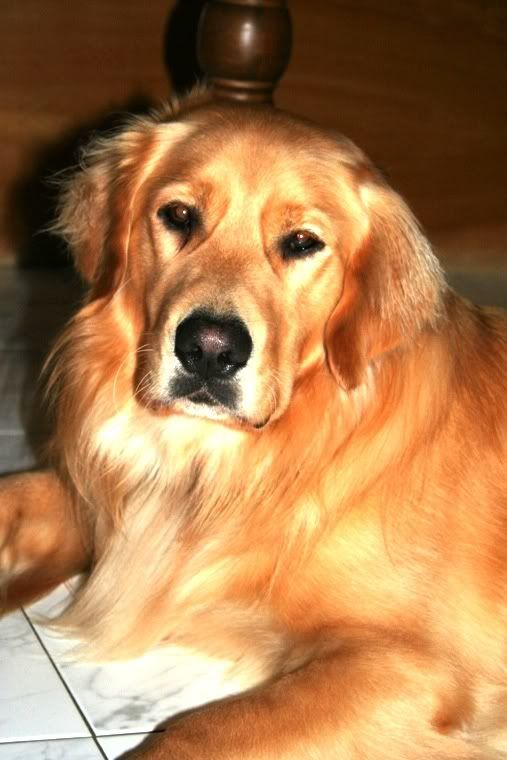
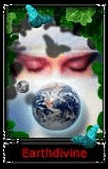


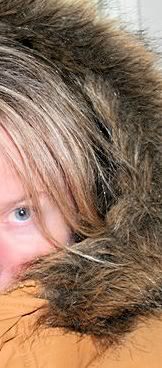










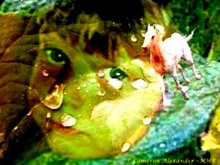


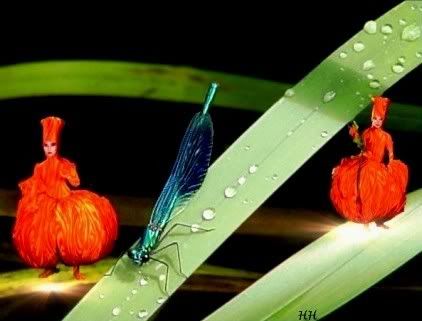
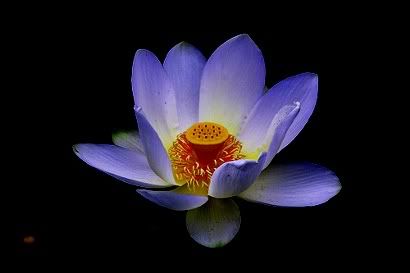


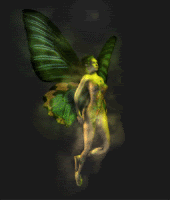
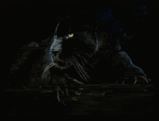





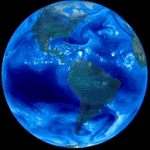
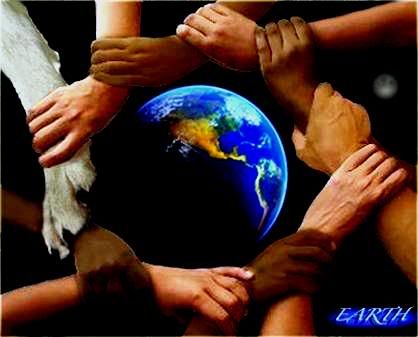





 a>
a>
3 comments:
Thanks for the list, Chance!
- Charlie
Wow that's a beautiful flower!
Sparky
Oh my, that's alot of information to take in dear... But love those pictures!
Love licks,
Solid Gold Dancer
Post a Comment